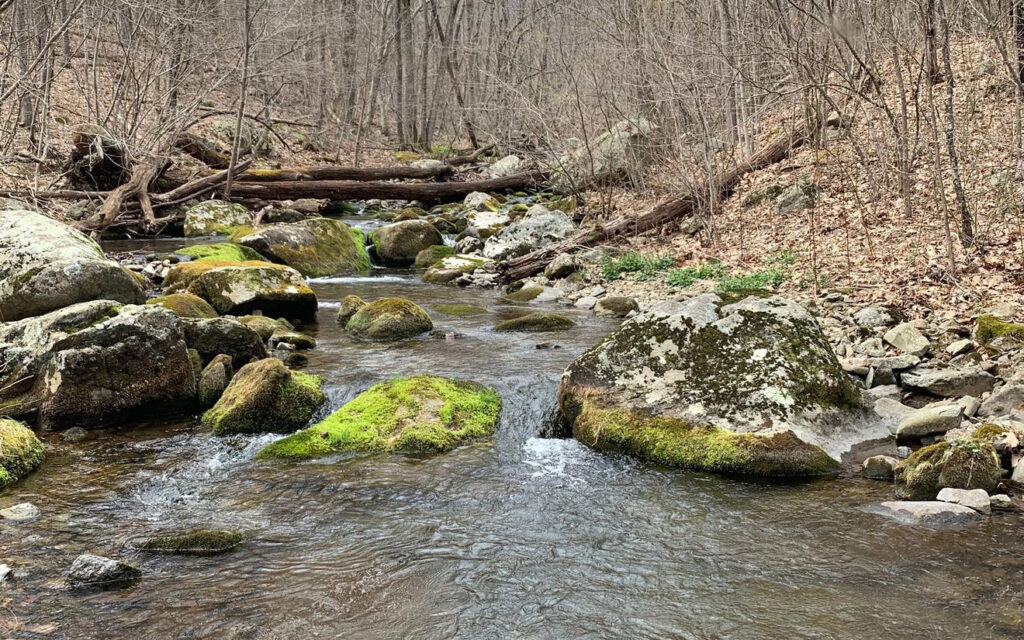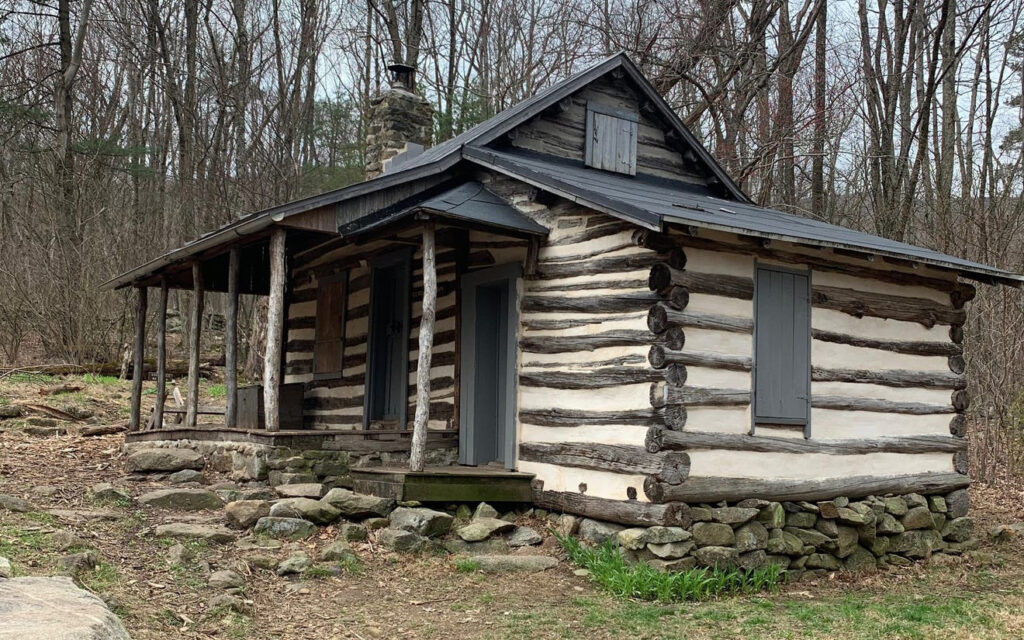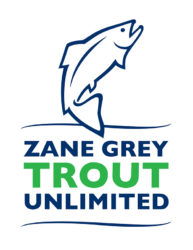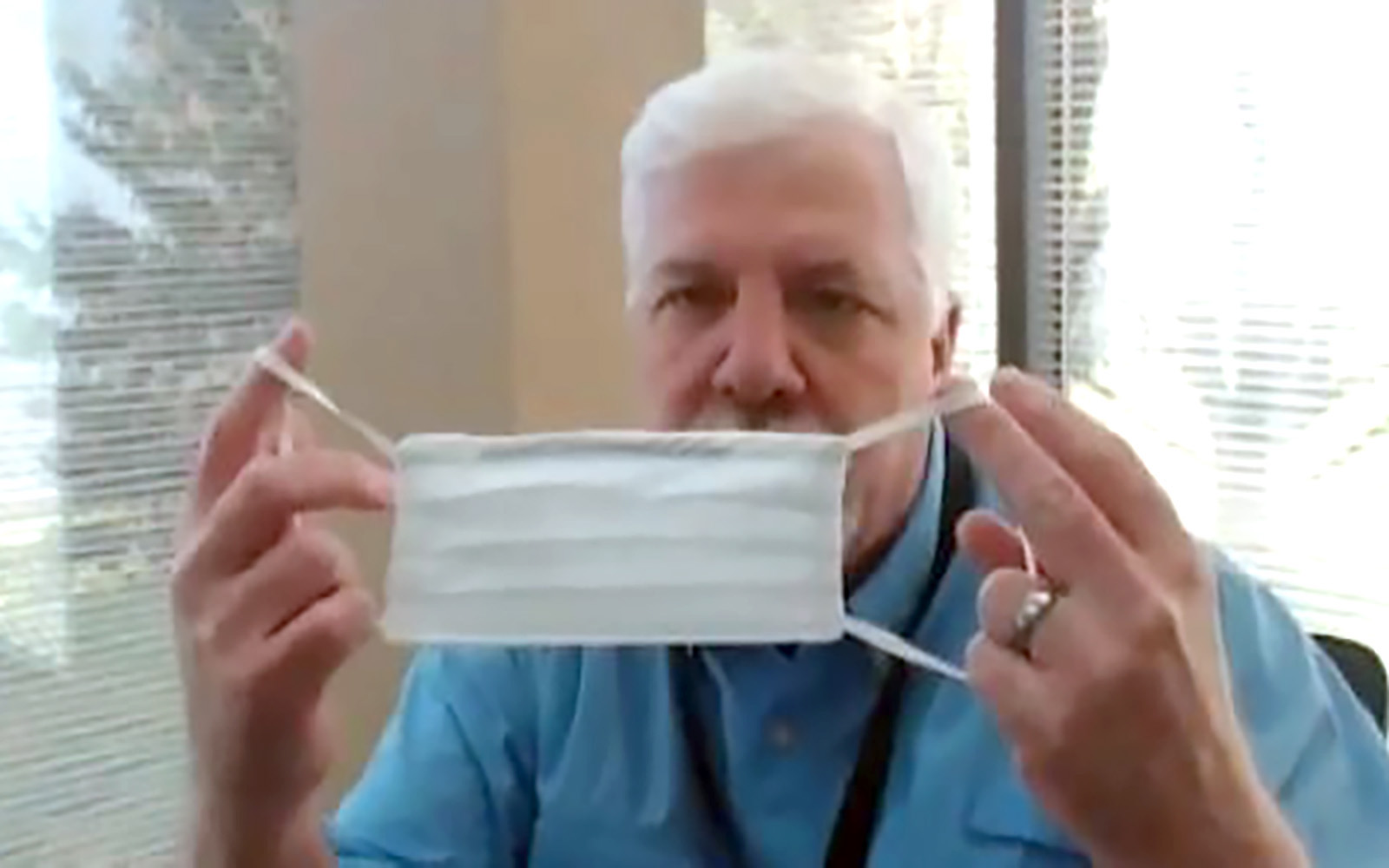Fly-fishing in the backcountry for native brook trout is the ultimate in social distancing, a solitary pursuit with a pair of waders and wading boots, a fly-rod and some dry flies.
Off the trail, you are focused on catching trout while aware of natural – and perhaps supernatural – surroundings.
That was the case for me two Fridays ago when I explored the Hughes River in Shenandoah National Park. More stream than river, the Hughes starts as a trickle on Stony Man Mountain, empties into the Hazel, which empties into the Rappahannock, which empties into the Chesapeake Bay.
Usually, I start at the lower park boundary and hike in, but because that trailhead is adjacent to a more popular trail, the parking lot was overflowing with vehicles the weekend of March 22. The trail resembled Monday morning at O’Hare more than it did a peaceful hike. Social distancing protocols were ignored, and park officials were not pleased, closing county roads that lead to those trailheads.
Responsible hiking has become a hot topic as people look for a respite from confinement during various stay-at-home orders. It’s best to stay in your area/region and avoid popular hikes. Find trailheads with parking spaces for six, seven cars to minimize your contact with other hikers. If you know your way around these mountains and trails, you can avoid people.

A hike through Shenandoah brings you to some prime fly-fishing locations. Jeff Zillgitt, USA TODAY
This is a slight deviation from the Working Out From Home concept so please adhere to government mandates and use common sense.
You can access the Hughes from up top along Skyline Drive, and that’s what I did, hiking down 1.5 miles to the stream. (Now, that same trailhead along Skyline Drive is essentially closed, too. So before you go out in your area, check to make sure you have access.)
I parked at the trailhead, threw my waders, wading boots, flies, water and sandwich into a backpack, grabbed the fly-rod and began the hike, which starts off steep and rocky before a more flat, gradually descending trail takes you to the Hughes.

A view of Corbin cabin located in Shenandoah National Park. Jeff Zillgitt, USA TODAY
Families lived in the various sections of what is now the national park. Along this trail lived the Nicholson and Corbin families. George Corbin built a cabin streamside in 1909, and it still stands today.
Corbin carved out a life off the land, which included farming and moonshine (apple and peach brandy and whiskey), before he was removed from the land. That’s another story.
It’s said the area is haunted by Corbin’s second wife, who died in the cabin while giving childbirth. In an interview, George said he walked four miles into town to get milk for the newborn after she died then dug her grave.
I’ve never noticed anything unusual along this stream near the cabin, which is where I ate lunch. But in the mountains, not everything is what it seems. The shaded boulder 50 yards ahead looks like a hunched black bear, and the stick on the ground in the leaves looks like a rattlesnake at first glance.
I tied on a purple Adams parachute fly and began fishing. The trout are small but feisty – they survived the ice age – and vibrant with their blue, red and orange spots. What they lack in size, they make up for in beauty, one of the most colorful of freshwater fish.
The reward for a hike down and back up is the opportunity to catch native trout in clear streams. I don’t know how many trout I caught; keeping score has never been my ideal day on the water.
Following lunch, I fished some more, caught some more and hiked back – about a 900-foot gain in elevation. My legs were tired and sore, my heart was pumping and my mind at ease by the time I reached my car.
The late poet and author Jim Harrison implored everyone to walk in the woods, “to draw away your poisons to the point that your curiosity takes over and ‘you,’ the accumulation of wounds and concomitant despair, no longer exist.”
Can’t wait to return.
Jeff Zillgitt | USA TODAY
Click HERE to read the full story on the USA Today website.


